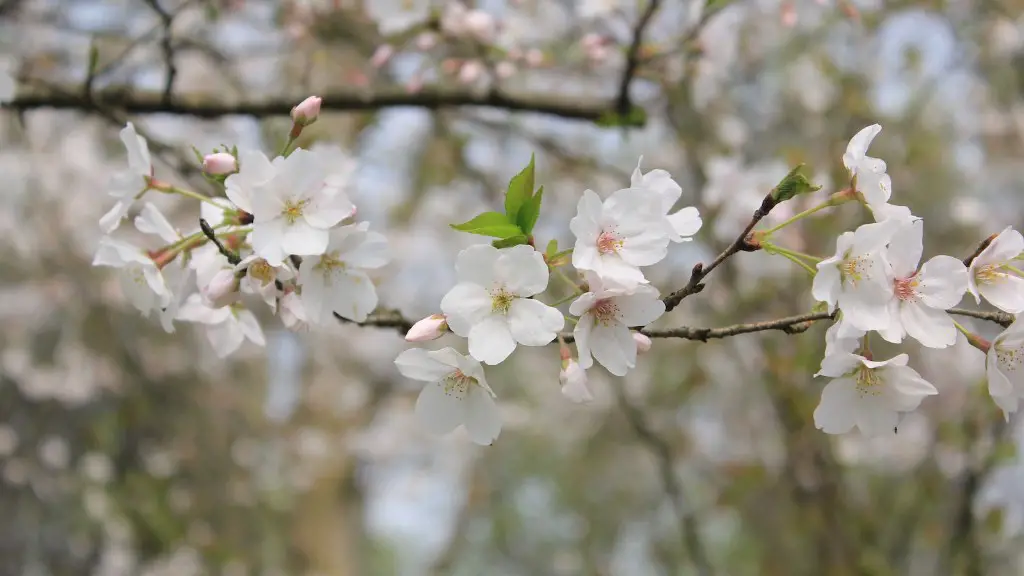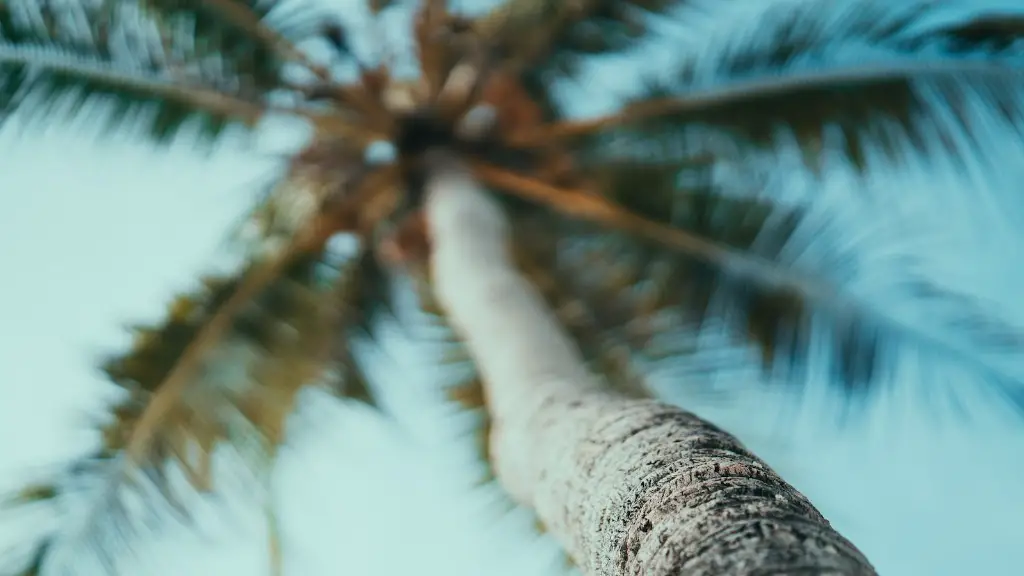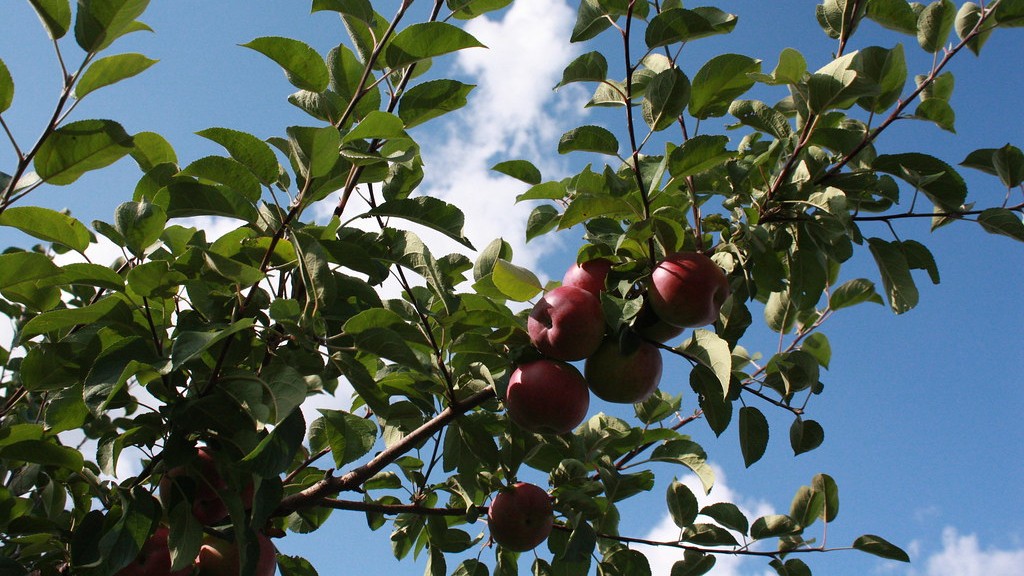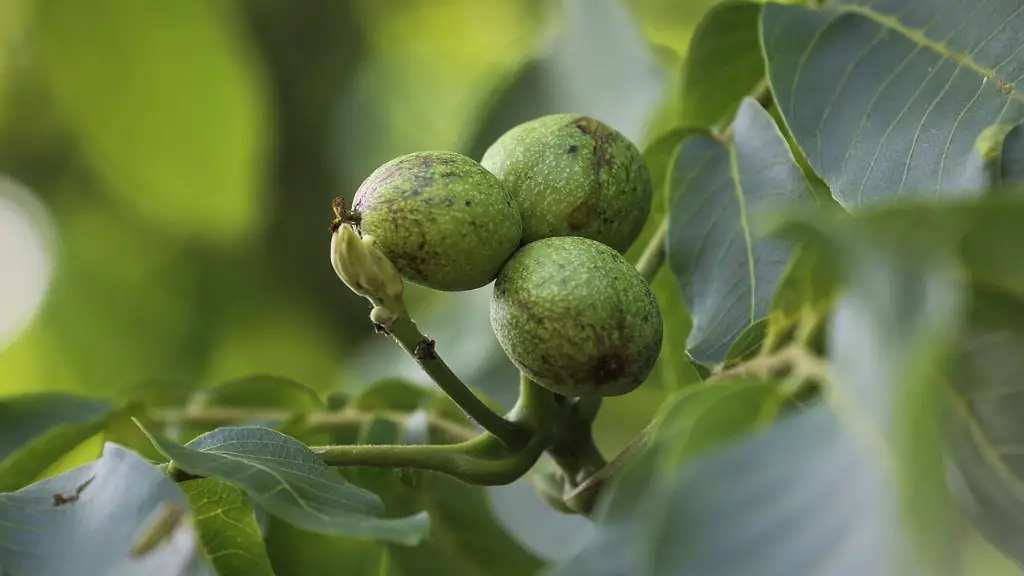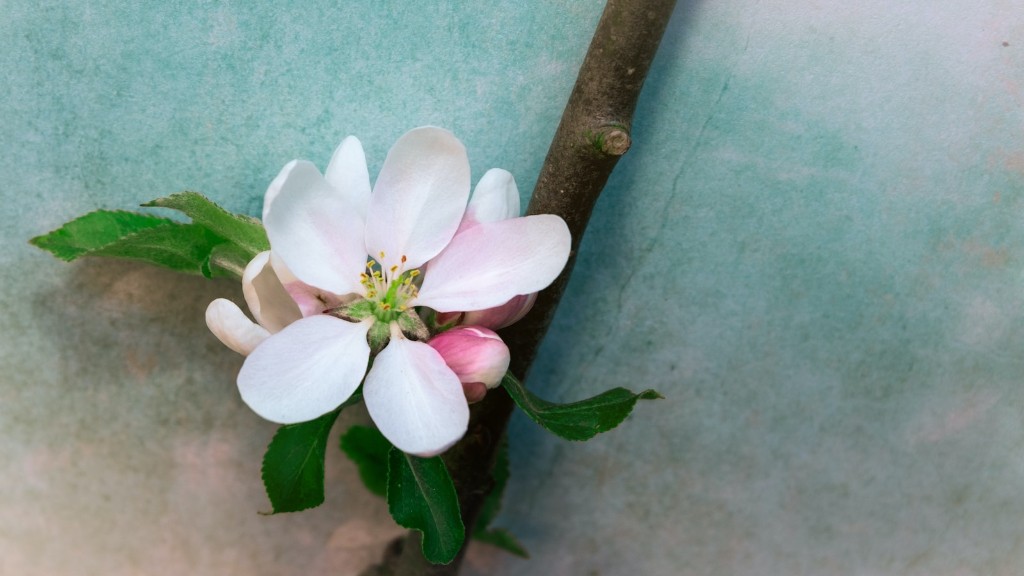Cherry trees are a popular addition to many yards and gardens, and their sweet fruit is a delicious treat. But can you transplant a cherry tree? The answer is yes, but it’s important to do it correctly to give the tree the best chance of survival. This guide will teach you how to transplant a cherry tree so that it can thrive in its new home.
Yes, you can transplant a cherry tree.
Can you take a branch from a cherry tree and plant it?
Cherries can be propagated by taking semi-hardwood or hardwood cuttings from the tree. Semi-hardwood cuttings are taken in the summer when the wood is still slightly soft and partially mature. Hardwood cuttings are taken during the dormant season when the wood is hard and fully mature.
To ensure that your tree’s root ball stays intact, be sure to have a large piece of burlap on hand before you attempt to lift the tree. Once you have the tree rolled onto the burlap, tie it up securely and transport it carefully to its new location.
Do cherry tree roots grow down or out
The cherry tree’s roots stay close to the surface and spread horizontally rather than vertically. This is because the cherry tree needs oxygen, which is more abundant near the surface of the soil. While the tree has a taproot to anchor it, the majority of the root system spreads far and wide.
Transplanting trees can be a tricky business – you want to make sure you minimize transplant shock as much as possible to ensure a healthy, thriving tree. Here are a few tips:
Prepare your soil well by rototilling it so it is loose. This will help the roots take hold in the new location.
Make sure your new location has good drainage. Poor drainage can lead to transplant shock.
Have a well-designed irrigation system or good watering plan in place. This will ensure the tree gets the water it needs to thrive.
Do not cut more roots off than you need to when transplanting fruit trees. This can cause transplant shock.
Thoroughly water trees after planting. This will help them settle into their new home.
When can you cut branches off a cherry tree?
Pruning of cherries is usually carried out in late July or August, when silver leaf and bacterial canker are less prevalent, although light formative pruning can be done in spring as the leaves start to develop.
Autumn and winter pruning is not recommended because sweet cherries are prone to silver leaf fungus and bacterial canker, both of which attack the tree through pruning cuts. Young cherry trees (0-3 years) should be pruned in the early spring because young trees are more susceptible to frost damage.
What month is best to transplant trees?
Early spring and fall are the best times to transplant deciduous trees. Deciduous trees are those that lose their leaves in winter. Evergreens are most successfully transplanted in early spring and late summer.
Trees are living organisms and, like all living things, they go through a period of adjustment when they are transplanted. This adjustment period, or shock, can last for several weeks or even months. During this time, your tree may lose leaves, branches, or even its entire canopy.
While it can be disheartening to see your tree going through transplant shock, it is important to be patient. If you treat your tree well, the tree should recover from shock and establish itself. It can take up to 3 years for a tree with transplant shock to fully recover. In the meantime, give your tree plenty of water and fertilizer, and be sure to protect it from drought, excessive heat, and wind damage.
How late in the fall can you transplant trees
It is generally best to plant new trees in the late summer or early fall, as this allows them to establish their root systems before winter sets in. However, if you live in an area where the ground does not freeze, you can plant new trees anytime from mid-August to mid-December. Just be sure to give them plenty of water to help them get established.
Cherry trees have a deep root system that helps anchor the tree and provides nutrients and water. A mature tree can have a root system that is up to 3 feet deep and 39 feet wide. Dwarf cherries have a smaller root system that is only 1 foot deep and 10 feet wide.
How far should I plant a cherry tree from my house?
When choosing a rootstock for your fruit tree, it is important to consider the tree’s eventual size. For fruit trees grafted on dwarf rootstocks, that means a tree that will be 3m or so tall. For fruit trees on vigorous rootstocks, allow for a tree that is 6m or taller.
It takes anywhere from four to five years for a cherry tree sapling to mature and be ready to produce a full crop annually. Some varieties of cherry tree grow faster than others.
Does Miracle Grow help transplant shock
This is a great way to get faster blooms and to prevent transplant shock. The Miracle-Gro® solution not only stimulates root growth, but also helps prevent transplant shock. This will help you to have stronger plants overall.
Gardening can be very rewarding, but it can also be a lot of work. One of the most challenging aspects can be transplanting plants. If not done carefully, the shock of transplanting can cause plants to grow weak and wither.
Epsom salt can help reduce the shock of transplanting and promote strong growth. Just add one cup of Epsom salt per 100 square feet of soil while preparing the soil for transplanting. Water the plant well before transplanting, even soaking it in a solution of Epsom salt and water. This will help the plant to establish quickly and thrive in its new location.
Why is my cherry tree wilting after transplant?
When you transplant a tree, it is important to make sure that the roots are able to start growing again as soon as possible. If they do not, the tree will begin to use its reserves of carbohydrates, nutrients, and hormones, and small leaves will appear. These leaves will then wilt and dry out, which can eventually lead to tree death.
If you want to keep your cherry tree from growing too high, you should prune the top stems and branches by about a third every second year. Other stems and branches should be trimmed to maintain an overall goblet shape.
Final Words
No, you cannot transplant a cherry tree.
Cherry trees can successfully be transplanted as long as the process is done correctly. The tree must be dug up with a large root ball intact, and it must be replanted in a hole that is twice as wide and deep as the root ball. Cherry trees require a lot of water, so the soil must be kept moist until the tree is established in its new location.
